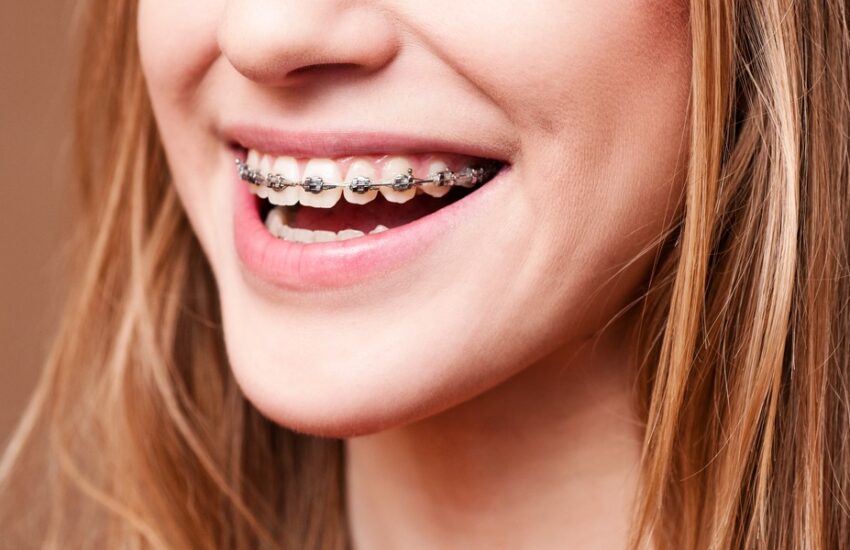Different Types of Surgery to Correct an Underbite
About two-thirds of the population in the US have a poor bite that requires medical treatment. An underbite is one of the common issues that people deal with. It’s when the lower teeth overlap the upper teeth and it can cause various issues for the patient if left untreated.
Fortunately, doctors are able to treat the condition with underbite surgery. Surgery for underbite correction is a great option for those that have a severe misalignment with their teeth. It can help to restore the teeth to a more normal position and improve the appearance of the smile.
When it comes to the different types of underbite surgery, there are a few options. Depending on the severity of the underbite, the doctor may recommend jaw repositioning. This is when the jaw is broken and moved into a more normal position. This is the most common type of surgery for severe underbites.
Another option is to use braces or retainers to help align the teeth. This is often the best option for mild underbites and can help to reduce the amount of surgery needed. Braces and retainers can help to hold the teeth in a better alignment and reduce the severity of the underbite.
Underbite correction surgery can be a great option for those that have a severe misalignment with their teeth. It can help to restore the teeth to a more normal position and improve the appearance of the smile. With the right type of surgery, you can get back to enjoying a beautiful, healthy smile.
If you or your child has an underbite that requires medical treatment, be sure to consult with a qualified doctor or orthodontist to get the best treatment plan for you. With the right care, you can get back to enjoying your beautiful smile.
Common Orthognathic Surgery for Correcting an Underbite
Lower jaw surgery: The bilateral sagittal split osteotomy (BSSO) is an operation which is typically used to correct an issue with the lower jawbone. The surgery involves separating the rear part of the jawbone from the front part and then modifying the jawbone to reposition the part of the jaw that carries the teeth further back.
BSSO is a relatively common procedure, and can be beneficial to those who suffer from a protruding lower jaw which results in an underbite, causing difficulty in eating and speaking.
While this surgery is often used to correct an underbite, and in many cases it can help improve the overall facial structure by providing a more balanced and aesthetically pleasing facial appearance.
In order to ensure the best possible results, patients should consult with their doctor and discuss the risks and benefits of undergoing orthognathic jaw surgery. It is also important to consider the long-term effects of the surgery, as the jaw may need to be adjusted over time.
Mid face surgery : Le Fort Osteotomies
Midface comprises the upper jaw and the nose. Patients with underbite often presents with a deficient upper jaw in combination with a protruding lower jaw. Reposition of the upper jaw is commonly done by cutting the upper jaw at different levels called Le Fort I, II, and III. Le Fort I involves the tooth bearing part of the jaw while Le Fort II extends to a higher level that includes the nose. The Le Fort III Osteotomy is an advanced surgical procedure that involves the reshaping and repositioning of the entire mid face, including the cheek bones.
Depending on the level at which the mid face is deficient, the surgeon will choose the appropriate Le Fort level to achieve a harmonious and proportionate facial dimension.




